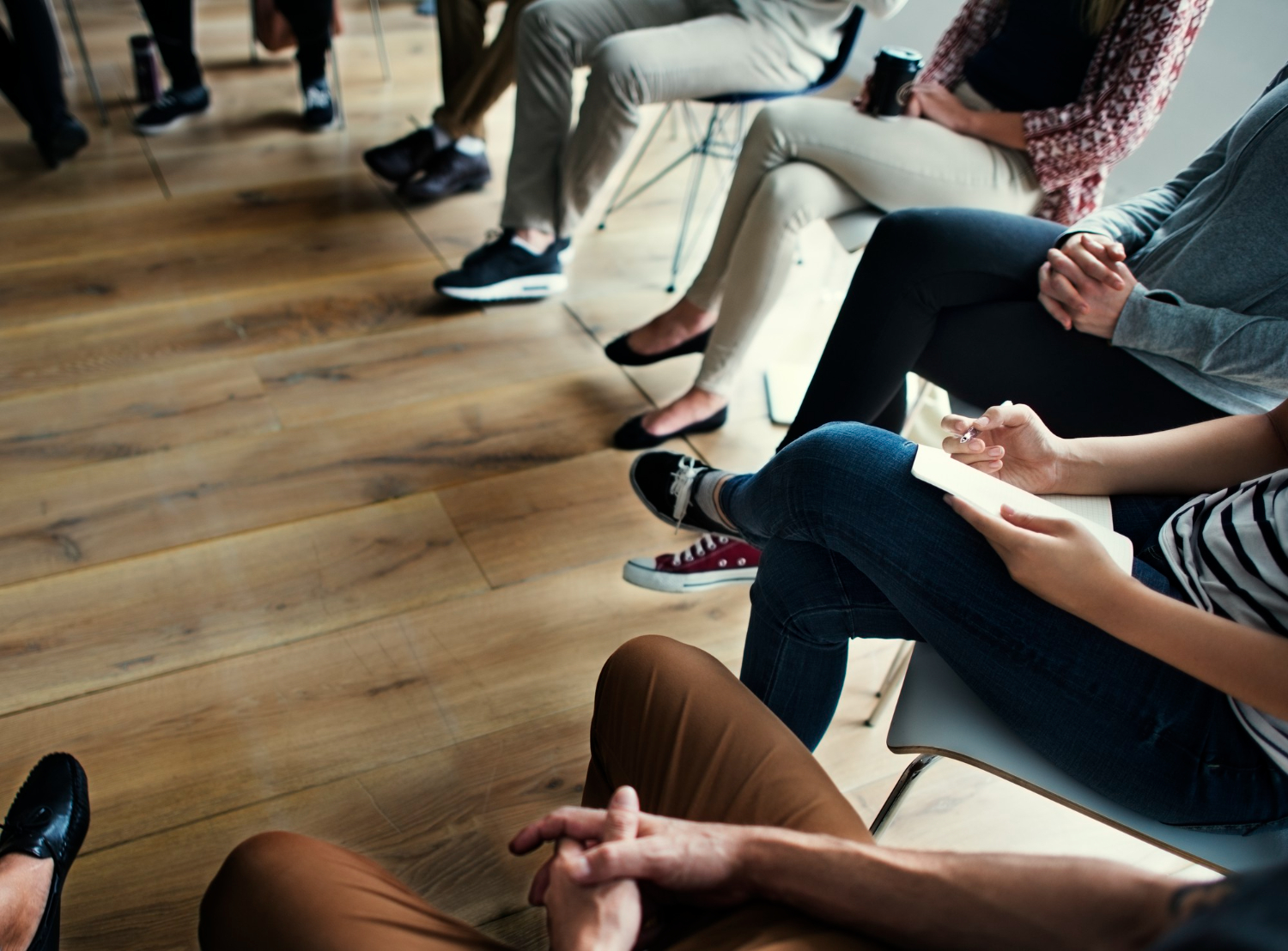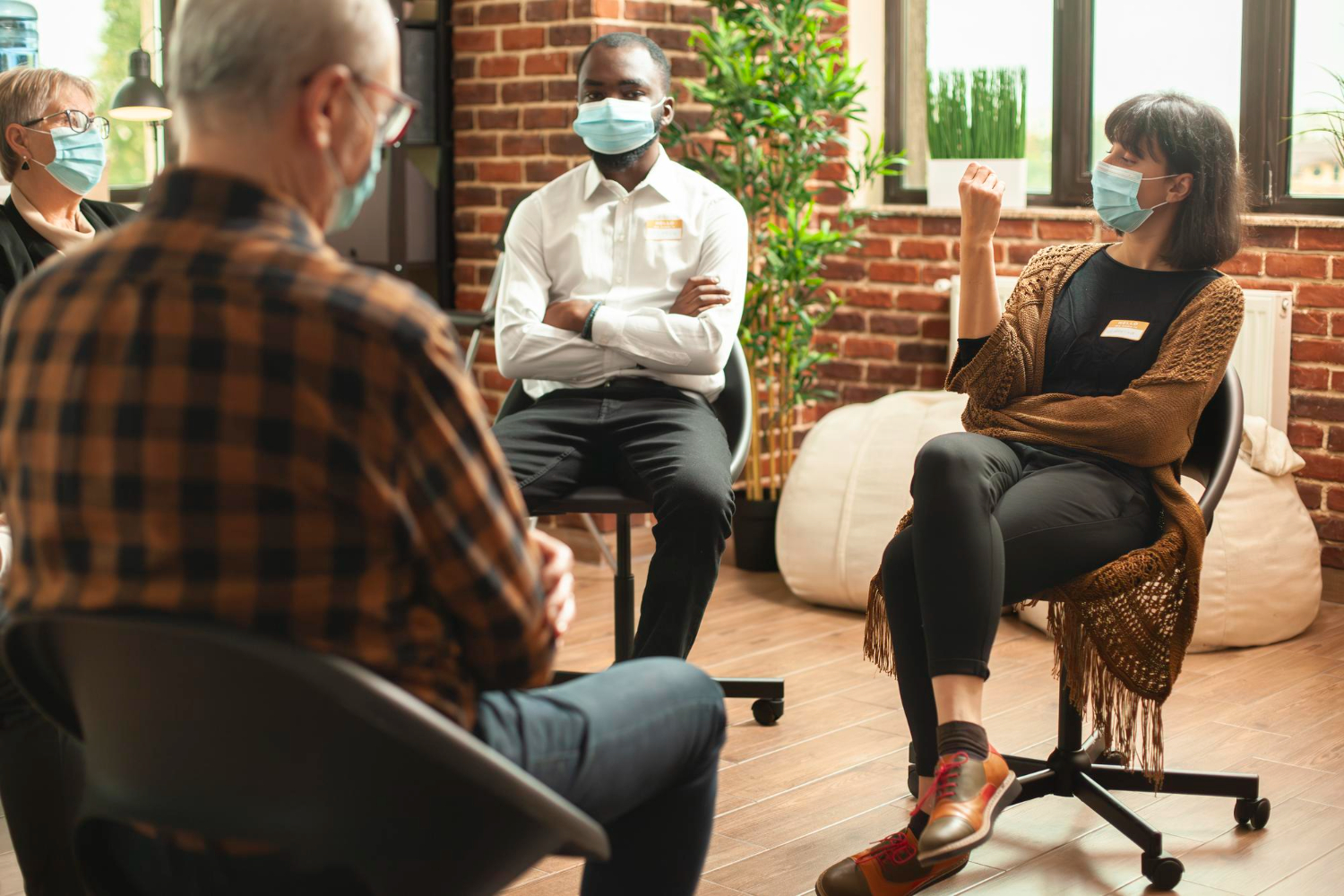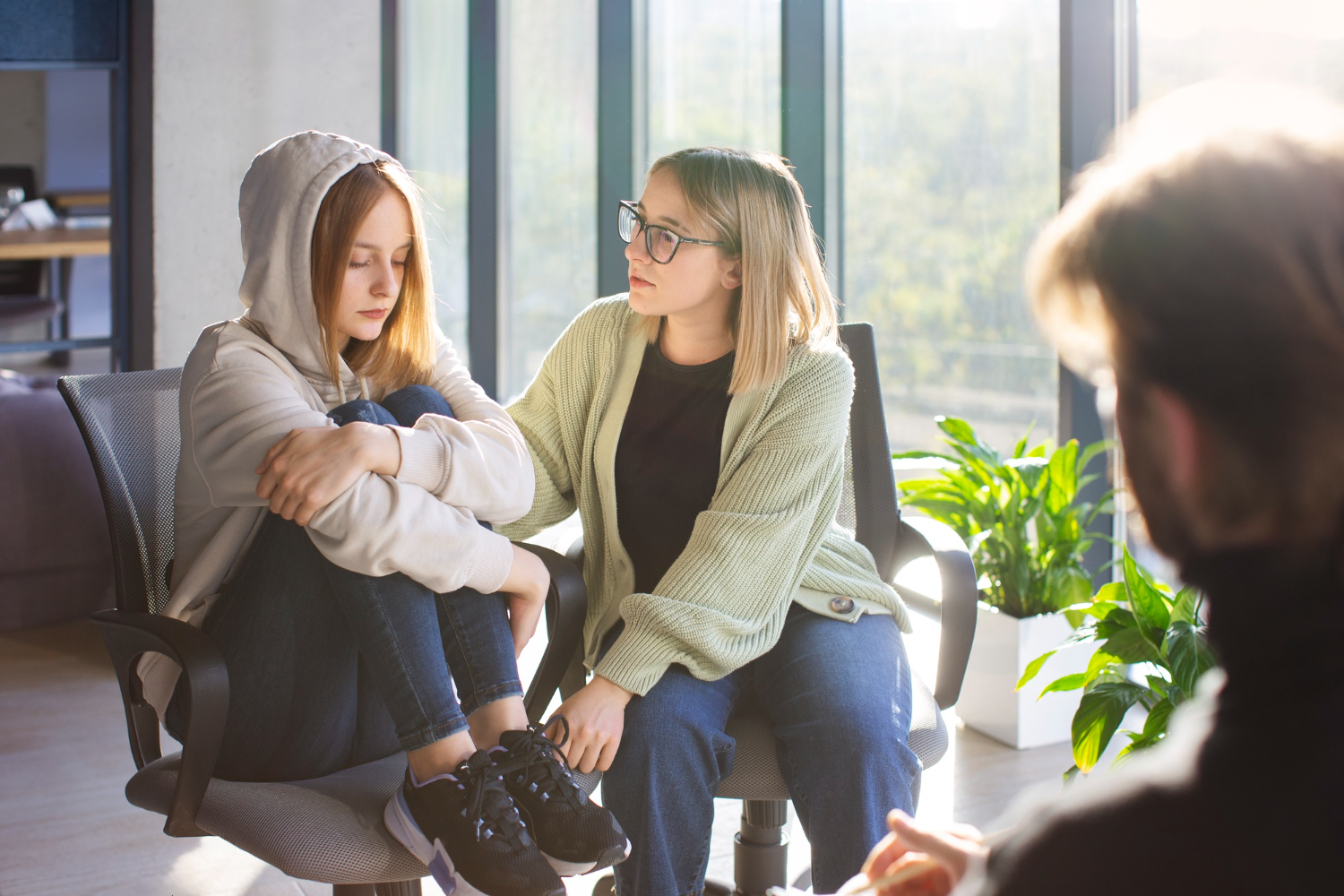Understanding Claustrophobia
Claustrophobia is a psychological condition characterized by an intense fear or anxiety related to being in enclosed or confined spaces. Individuals with claustrophobia often experience distressing symptoms when faced with situations that trigger their fear. In this section, we will explore the definition of claustrophobia and its prevalence in the population.
Defining Claustrophobia
Claustrophobia can be defined as an irrational and excessive fear of enclosed spaces or situations where escape may be difficult or limited. It is classified as a specific phobia, which means that the fear is specific to certain triggers rather than a generalized anxiety. The fear experienced by individuals with claustrophobia is often disproportionate to the actual danger posed by the situation.
Common enclosed spaces that can trigger claustrophobic reactions include elevators, small rooms, crowded places, tunnels, and public transportation.
The fear can be triggered by both real and perceived threats, and individuals may anticipate feeling trapped or unable to breathe. Claustrophobia can significantly impact daily life and may lead to avoidance behaviors to prevent exposure to triggering situations.
The Prevalence of Claustrophobia
Claustrophobia is a relatively common phobia, affecting a significant number of individuals worldwide. While the exact prevalence rates may vary across studies, it is estimated that approximately 2-10% of the population experiences claustrophobia at some point in their lives.
The prevalence of claustrophobia tends to be higher in clinical settings, such as psychiatric clinics or anxiety treatment centers, where individuals seek help for their phobia-related symptoms. It is important to note that claustrophobia can occur in individuals of all ages and genders, and it can manifest differently in each person.
Understanding the definition and prevalence of claustrophobia is essential in recognizing and addressing this condition. In the following sections, we will explore the symptoms, triggers, causes, and treatment options for claustrophobia to gain a comprehensive understanding of this phobia and its impact on individuals' lives.

Symptoms and Triggers
Claustrophobia is a specific phobia characterized by an intense fear of confined spaces. Individuals with claustrophobia experience a range of symptoms and reactions when faced with triggers associated with confined spaces. Understanding these symptoms and triggers is essential in recognizing and managing claustrophobia.
Common Symptoms of Claustrophobia
People with claustrophobia may experience a variety of physical and psychological symptoms when exposed to or anticipating being in confined spaces. These symptoms can vary in intensity and may include:
- Rapid heartbeat and increased heart rate
- Shortness of breath or difficulty breathing
- Sweating
- Trembling or shaking
- Chest tightness or discomfort
- Nausea or dizziness
- Feeling lightheaded or faint
- Sensation of choking or suffocation
- Panic attacks
- Fear of losing control or going crazy
It's important to note that the severity of these symptoms can vary from person to person. Some individuals may only experience mild discomfort, while others may have more severe reactions.
Triggers for Claustrophobic Reactions
Claustrophobic reactions can be triggered by various situations or stimuli associated with confined spaces. While triggers can differ from person to person, some common triggers include:
- Enclosed spaces: Small rooms, elevators, airplanes, cars, tunnels, or crowded places with limited personal space can trigger claustrophobia.
- Restrictive clothing or accessories: Wearing tight-fitting clothes, neckties, scarves, or anything that may create a sense of constriction can evoke claustrophobic feelings.
- Physical restraint: Being physically restrained, such as in MRI machines, dental chairs, or during medical procedures, may trigger intense claustrophobic reactions.
- Emotional triggers: Claustrophobia can also be triggered by emotional factors, such as feeling trapped in a relationship or being in situations where escape is perceived as difficult.
Understanding the common symptoms and triggers of claustrophobia is the first step towards managing this condition effectively. By identifying these signs and recognizing the situations that provoke anxiety, individuals with claustrophobia can implement coping strategies and seek appropriate treatment to regain control over their lives.
Causes and Risk Factors
Claustrophobia, like many other phobias, can be influenced by a variety of causes and risk factors. Understanding these factors can provide valuable insights into the development and manifestation of claustrophobia. Here, we explore three key contributors: psychological factors, traumatic experiences, and genetic and biological factors.
Psychological Factors
Psychological factors play a significant role in the development of claustrophobia. Individuals with certain personality traits, such as high levels of anxiety or a tendency towards negative thinking, may be more susceptible to developing claustrophobic tendencies.
Additionally, individuals who have a history of other anxiety disorders, such as panic disorder or generalized anxiety disorder, may be at a higher risk of experiencing claustrophobia.
Traumatic Experiences
Traumatic experiences can also contribute to the development of claustrophobia. Being involved in situations that involve confinement or feeling trapped, such as being stuck in an elevator or experiencing a natural disaster, can trigger intense feelings of fear and anxiety.
These traumatic events can create an association between confined spaces and feelings of danger, leading to the development of claustrophobic reactions.
Genetic and Biological Factors
Genetic and biological factors may also contribute to the development of claustrophobia. Research suggests that there may be a genetic predisposition to anxiety disorders, including claustrophobia. If a close family member has a history of anxiety disorders or phobias, individuals may have an increased risk of developing claustrophobia.
Additionally, certain brain regions and neurotransmitters involved in the fear response, such as the amygdala and serotonin, may play a role in the manifestation of claustrophobic symptoms.
Understanding the causes and risk factors associated with claustrophobia can help individuals recognize potential triggers and seek appropriate support and treatment.
While these factors are not definitive predictors of claustrophobia, they can provide insights into the complex nature of this phobia. It is important to remember that each individual's experience with claustrophobia is unique, and a comprehensive assessment by a mental health professional is necessary for an accurate diagnosis and appropriate treatment.
Impact on Daily Life
Claustrophobia, the fear of enclosed spaces, can have a significant impact on a person's daily life. The interference with daily activities and the effects on mental health are two key aspects to consider when exploring the impact of claustrophobia.
Interference with Daily Activities
For individuals living with claustrophobia, everyday activities that most people take for granted can become challenging and anxiety-inducing. The fear of enclosed spaces can lead to avoidance behaviors, causing individuals to alter their routines and limit their experiences. Some common examples of how claustrophobia interferes with daily activities include:
- Avoidance of crowded places such as elevators, airplanes, or public transportation.
- Inability to tolerate small, confined spaces like cars, closets, or small rooms.
- Difficulty participating in activities that involve being in enclosed environments, such as concerts, movie theaters, or underground spaces.
These limitations can have a significant impact on a person's social life, work opportunities, and overall quality of life. It may lead to feelings of isolation, missed opportunities, and frustration.
Effects on Mental Health
Claustrophobia can also have a profound impact on an individual's mental health. The constant fear and anxiety associated with enclosed spaces can lead to various psychological and emotional challenges. Some of the effects on mental health include:
- Increased levels of anxiety and stress in situations that trigger claustrophobic reactions.
- Development of panic attacks, characterized by intense fear, rapid heartbeat, shortness of breath, and a sense of impending doom.
- Feelings of embarrassment, shame, or guilt due to the inability to control or overcome the fear.
- Avoidance behaviors that can reinforce the fear and contribute to a cycle of anxiety.
Living with the constant fear of enclosed spaces can lead to heightened levels of stress, reduced overall well-being, and a negative impact on one's mental health. It is essential for individuals with claustrophobia to seek appropriate support and treatment to manage these effects and improve their quality of life.
Understanding the impact of claustrophobia on daily activities and mental health highlights the importance of addressing this condition. By implementing coping strategies and seeking professional help, individuals with claustrophobia can work towards managing their fear and reclaiming their daily activities and mental well-being.
Coping Strategies and Treatment Options
When it comes to coping with and treating claustrophobia, there are several strategies and options available. The following section explores self-help techniques, therapeutic approaches, and the importance of seeking professional help.
Self-Help Techniques
Self-help techniques can be effective in managing claustrophobia and reducing its impact on daily life. These strategies involve individuals taking an active role in their own treatment. Here are some self-help techniques that can be helpful:
- Deep Breathing: Practicing deep breathing exercises can help calm the body and reduce anxiety during claustrophobic situations. By taking slow, deep breaths, individuals can promote relaxation and decrease feelings of panic.
- Gradual Exposure: Gradually exposing oneself to claustrophobic situations in a controlled and supportive environment can help desensitize the fear response. This technique, known as exposure therapy, involves starting with mildly uncomfortable situations and gradually progressing to more challenging ones.
- Relaxation Techniques: Engaging in relaxation techniques such as progressive muscle relaxation, meditation, or guided imagery can help individuals manage anxiety and stress related to claustrophobia.
- Positive Self-Talk: Adopting positive self-talk and reframing negative thoughts can help individuals challenge and change their fearful beliefs about confined spaces. By replacing negative thoughts with more positive and reassuring ones, individuals can build confidence in their ability to cope.
Therapeutic Approaches
In addition to self-help techniques, various therapeutic approaches can be beneficial for individuals with claustrophobia. These approaches are typically facilitated by mental health professionals and aim to provide support and guidance. Some therapeutic approaches include:
- Cognitive-Behavioral Therapy (CBT): CBT is a common and effective therapy for claustrophobia. It focuses on identifying and challenging negative thought patterns and behaviors associated with fear of confined spaces. Through CBT, individuals can develop coping strategies and gradually confront their fears in a controlled manner.
- Exposure Therapy: As mentioned earlier, exposure therapy involves gradually exposing individuals to claustrophobic situations. This therapeutic approach helps individuals confront their fears and learn that their anxiety decreases over time. Exposure therapy is often conducted under the guidance of a therapist to ensure safety and provide support.
- Virtual Reality Therapy: Virtual reality (VR) therapy is an innovative approach that uses virtual environments to simulate claustrophobic situations. This allows individuals to experience and practice coping strategies in a controlled and safe setting. VR therapy can be an effective tool for desensitization and reducing fear responses.
Seeking Professional Help
While self-help techniques and therapeutic approaches can be beneficial, it's essential to recognize when professional help is necessary. If claustrophobia significantly interferes with daily life or causes severe distress, seeking the guidance of a mental health professional is recommended.
A qualified therapist or counselor can provide personalized treatment and support tailored to the individual's specific needs.
It's important to remember that everyone's journey with claustrophobia is unique, and what works for one person may not work for another. Finding the right coping strategies and treatment options may require some trial and error.
With patience, support, and professional guidance, individuals can effectively manage and overcome the challenges associated with claustrophobia.
FAQs
Can claustrophobia be cured?
While there is no cure for claustrophobia, it can be effectively managed with therapy and medication. Many individuals are able to overcome their fear and learn to cope with situations that once triggered anxiety.
Is claustrophobia a common fear?
Yes, claustrophobia is a relatively common fear. It is estimated to affect around 5-7% of the population.
Can children develop claustrophobia?
Yes, children can develop claustrophobia just like adults. In fact, many phobias develop during childhood or adolescence.
What should I do if I experience a panic attack due to my claustrophobia?
If you experience a panic attack due to your claustrophobia, try to focus on your breathing and practice relaxation techniques such as deep breathing or progressive muscle relaxation. It's also important to seek help from a mental health professional who can provide additional coping strategies and treatment options.
Can virtual reality therapy be used to treat claustrophobia?
Yes, virtual reality therapy has shown promise in treating various anxiety disorders including claustrophobia. This type of therapy involves exposing individuals to simulated environments that trigger their fears in a controlled setting.
Conclusion
Claustrophobia is a common fear that can cause significant distress and anxiety. If you or someone you know experiences claustrophobia, it's important to seek help from a mental health professional. With the right treatment and support, individuals with claustrophobia can learn to manage their fear and live a healthy, fulfilling life.


.jpg)








